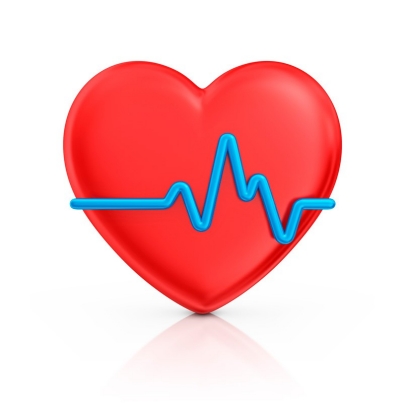When the University of North Dakota became “cardiac ready” earlier this year, they were the first university in the state to do so – but what does it mean to be cardiac ready? At UND, the process of becoming cardiac ready included spending the preceding year providing community education on heart health risks, screening members of the population for hypertension, and, most importantly, performing CPR and AED (automated external defibrillator) trainings. Still, the campus can’t relax yet. They need to recertify in three years, and perform ongoing education until then – and other public spaces should follow suit.
Cardiac Events In Public
Acute cardiac events such as heart attacks are common, leading to about 250,000 deaths in the United States every year, about 20% of which happen in public. One thing we know about people who survive these events, however, is that many of them received onsite treatment with an AED device, which delivers an electric shock to the heart. Though death rates were still high, AED use doubled the survival rate compared to CPR alone. Becoming cardiac ready, then, means actively equipping public spaces with AEDs and giving the people in those spaces the skills they need to use them.
Who Has Access To AEDs?
You’ve undoubtedly seen doctors give patients a shock to the heart on television, perhaps because of a heart attack or because of a cardiac arrest during surgery, but AEDs aren’t quite the same. Rather, commercially available AEDs like those from Aero Healthcare, sometimes also known as Public Access Defibrillation (PAD) systems, are specifically designed so that individuals without medical training can use them. Users simply place the pads according to directions on the packaging and the device delivers an appropriate shock. Such interventions are often what keeps people alive until paramedics arrive on the scene to provide more comprehensive treatment.
Creating A Cardiac Ready Space
If you’re interested in making your facility cardiac ready, there are a number of steps you need to take, much as UND did. First, it’s important to ensure that staff know how to recognize the signs of a heart attack, as administering an electric charge can make things much worse if there’s not a cardiac problem present. Staff are you first line of defense in these programs, and training them is the best use of your resources.
In addition to training your staff in AED use and CPR, be sure to review your state’s current PAD laws and programs. Many states already have PAD protocols and the American Heart Association offers guidelines regarding what a comprehensive PAD program looks like, including training, maintenance, and collaboration with local emergency services. While having trained staff is great, your program should be compliant and evidence-based.
Big Picture Benefits
Becoming cardiac ready as a public facility isn’t just about short-term survival – it’s about giving facility users the best chance at long-term health. Patients who survive acute cardiac events and receive on scene, pre-EMS defibrillation are more likely to leave the hospital independently and return to their normal routines. That’s in large part because early defibrillation restores blood flow and minimizes the amount of damage associated with a heart attack or sudden cardiac arrest.
It’s intimidating to put yourself and your staff in a position in which you have to make life or death decisions, but it’s scarier not to be able to help when an emergency occurs. Just as we’ve long encouraged practices like mouth-to-mouth resuscitation and the Heimlich maneuver, we need to prepare public spaces and the people who use them to use AEDs.
This is the next phase of public health and safety.

Leave a Reply